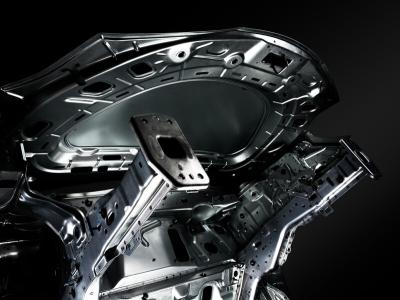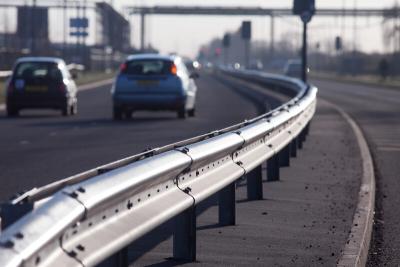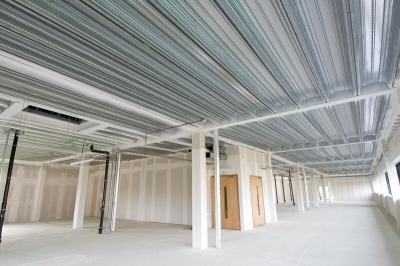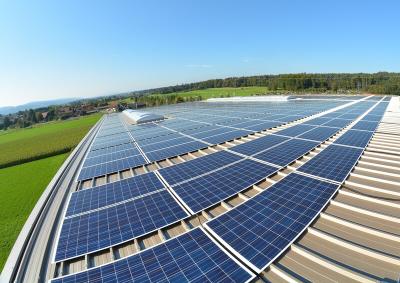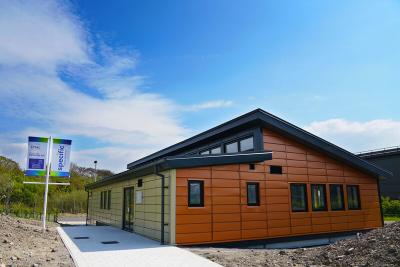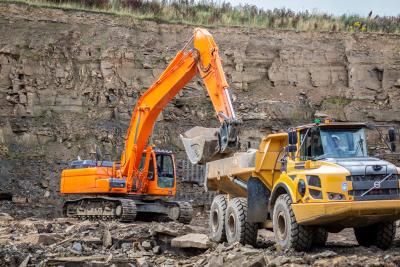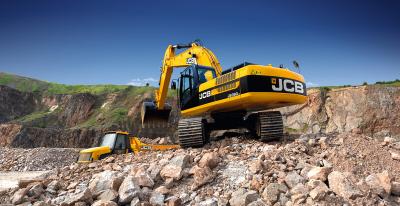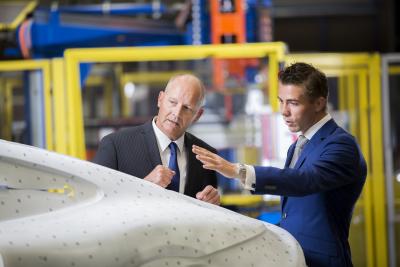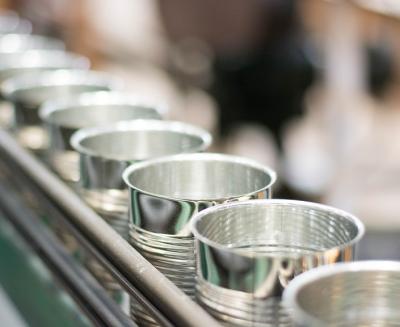"If you're after a genuinely mind-shifting way of looking at the state of the world, consider the amount of metal we have in our lives," says Sky News Economics correspondent and author, Ed Conway.
His contention is that looking at the amount of steel that exists in a given society gives you just as good (in some cases even better) an insight into that country’s level of progress.
In the abstract on substackfrom his recently launched book, Material World, Ed says, "The key thing to remember here is that there is steel everywhere. Your car has perhaps a tonne of steel in it. Your house is almost certainly held up with steel. The machines in your kitchen are made and encased in steel. When you travel in the subway, you are travelling in a steel tube along steel rails, using steel escalators and elevators to get up and down from the platform.
"To put it another way, the more infrastructure you have in your country - the more cars and trains and hospitals and schools - the more steel you have in your country. Therefore, counting how much steel there is in use (which is something we can at least estimate since quite a lot of data exists on this) and dividing it by the number of people in the country should, in theory at least, give you a pretty good sense of how developed that country is."
Ed goes on to describe some of the challenges of decarbonising steel, globally, given the inevitable increase in demand for steel and infrastructure. He says:
"It’s a fair bet to assume that nearly everyone in those countries with low steel-per-capita aspires to having more steel in their lives. They want more roads, more railways, more hospitals and schools. They want hydroelectric dams, where thousands of tonnes of steel are enrobed in thousands of tonnes of concrete. Of course they do!
"And since producing steel cheaply also means emitting a lot of carbon, the steel-per-capita league table underlines that even if we in the developed world do all we can to push down on our emissions, there is an awful lot of development-related carbon yet to be puffed into the atmosphere. Brilliant as engineered timber is as a construction material, it’s still nowhere near as useful, cheap and effective as steel in most cases."
With steel demand per capita flattening out in some of the most developed economies, Ed suggests it’s a sign of a couple of things. "First and most importantly, we are getting better and better at recycling our metals - especially steel. Second, it might hint that there could well be a point where we residents of developed economies reach a steel saturation point. We could eventually have enough."
Ed visited Tata Steel's Port Talbot steelworks to research the chapter on iron in his book Material World, and revisited recently to film a mini-documentary on the state of the UK steel industry, which you can watch on YouTube












